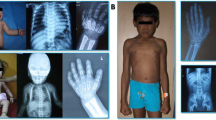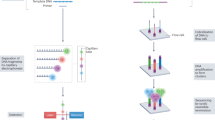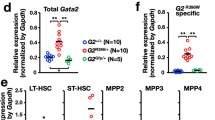Abstract
Glanzmann's thrombasthenia (GT) is an autosomal recessive inherited platelet function defect that characterized by reduction in, or absence of, platelet aggregation in response to multiple physiologic agonists. GT is characterized by normal platelet count, prolonged bleeding time, and abnormal clot retraction. The defect is caused by mutations in the genes encoding GPIIb or GPIIIa that result in qualitative or quantitative abnormalities of the platelet membrane GPIIb/IIIa. GT occurs in high frequency in certain ethnic populations with an increased incidence of consanguinity, such as Indians, Iranians, Iraqi Jews, Palastinian and Jordanian Arabs and French gypsies. Forty-five unrelated patients of GT were enrolled in the study to identify the causative molecular defects and also to correlate the genotype with the phenotype. Molecular modeling was performed for the novel missense mutations. The current study identifies 22 novel mutations in these patients. Missense mutations were identified as the defects responsible for most of the GT patients (59%). Even though missense was common, the study concludes that the genetic defect is heterogeneous in nature and difficult to design a DNA marker for carrier detection in GT.
Similar content being viewed by others
Article PDF
Author information
Authors and Affiliations
Corresponding author
Rights and permissions
About this article
Cite this article
Kannan, M., Ahmad, F., Yadav, B. et al. Identification of 22 novel mutations in patients with Glanzmann's thrombasthenia. Nat Prec (2008). https://doi.org/10.1038/npre.2008.2398.1
Received:
Accepted:
Published:
DOI: https://doi.org/10.1038/npre.2008.2398.1



